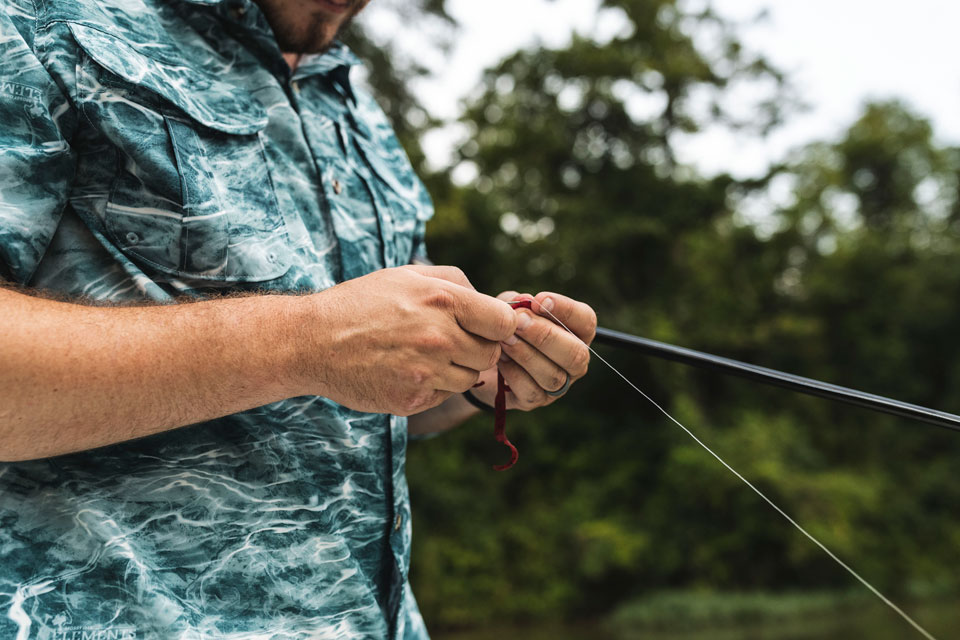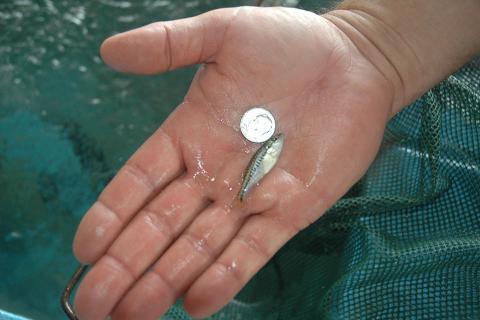Greg Hackney

In the past and even today, most bass anglers fishing with spinning tackle choose fluorocarbon line. However, fluorocarbon line is not user-friendly on a spinning reel. It’s a stiffer line, it’s not as supple as monofilament, and the fluorocarbon line twists more. But, the new braided line that’s been developed is extremely supple, it’s much smaller line than the braided line that was sold many years ago, it’s extremely strong, and there’s no line twist.
What many anglers are doing is tying a fluorocarbon leader to the braided line, and then they have the best of both worlds. You’ve got a super-strong, no-stretch line that you can pack on a reel, and at the end of that line you have an invisible fluorocarbon leader. Most tournament fishermen aren’t fishing straight braided line tied to the lure when they're fishing spinning tackle. Some anglers are using monofilament, and other anglers prefer fluorocarbon. That’s the reason bass anglers have seen fishing braided line on a spinning reel become so popular.
Braided line really made a comeback when the manufacturers could make the line much smaller and much stronger than it once was. When you put braided line on a baitcasting rod, you wouldn’t have near the problem with backlash as you had with monofilament line, because this braided line wouldn’t have memory like monofilament line would.
Braided line is more abrasive-resistant than monofilament line, and it can cut through grass and lily pads more efficiently than monofilament. With the stronger, smaller line, you can cast the braided line farther than you can with monofilament on a baitcasting reel. The one thing that’s made braided line superior to monofilament line is that it has no stretch, which enables the angler to get a faster hook-up. Although braided line has made big inroads in the bass fishing world, there are still times, places and situations where monofilament line can be an advantage because it does stretch. By stretching, the monofilament line allows the bass to suck the bait deeper into its mouth and slows down the hook set. So, you'll often miss fewer bass fishing crankbaits and other lures on monofilament line than you’ll miss when fishing braided line.
In clear water, you just about have to fish fluorocarbon line, because the bass can see the line. I'm not going to say that braided line has taken the bass fishing world by storm, because there are times, places, techniques and water conditions that dictate which type line is best – braided, fluorocarbon or monofilament. But we've definitely seen more and more anglers discovering new and better ways to use braided line to catch bass. For me, using it on spinning tackle definitely gives me an advantage.






























